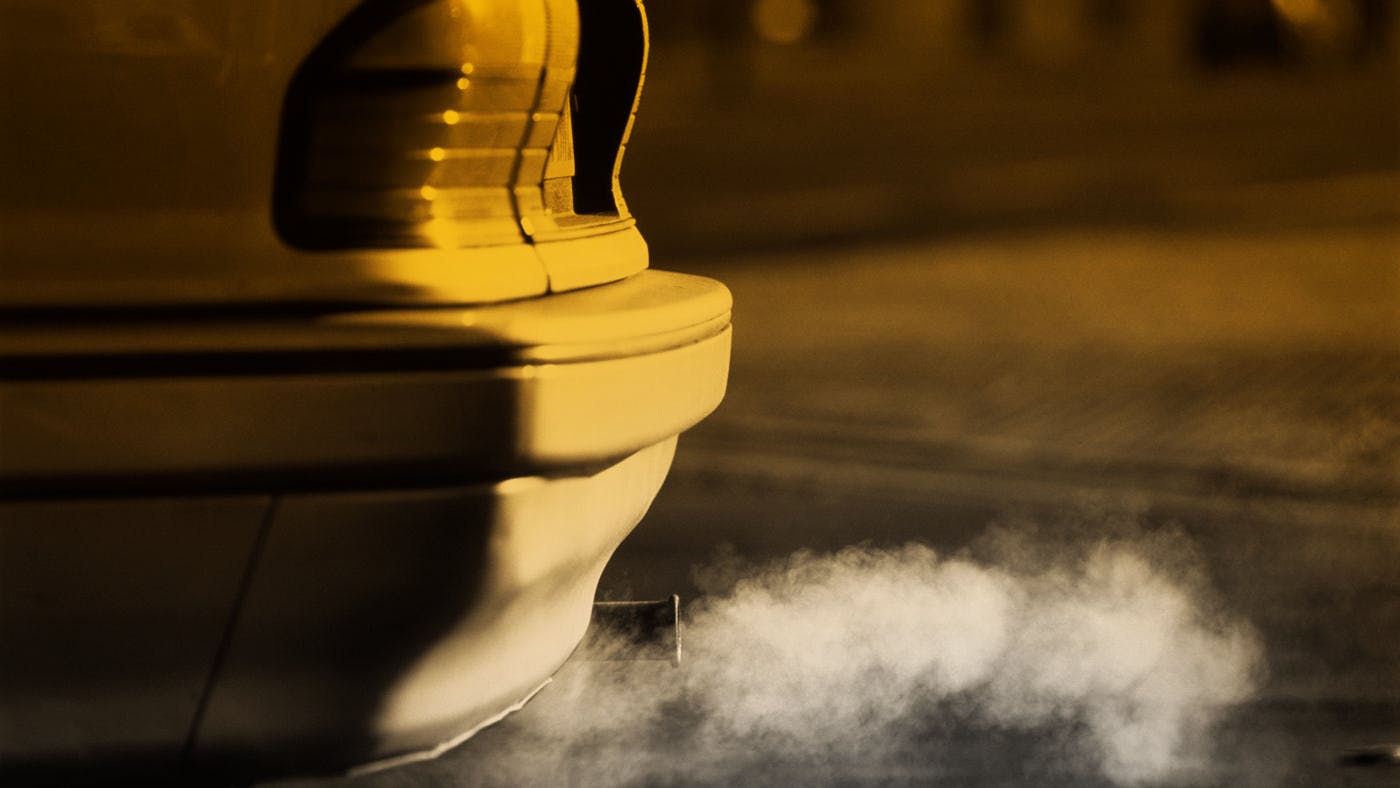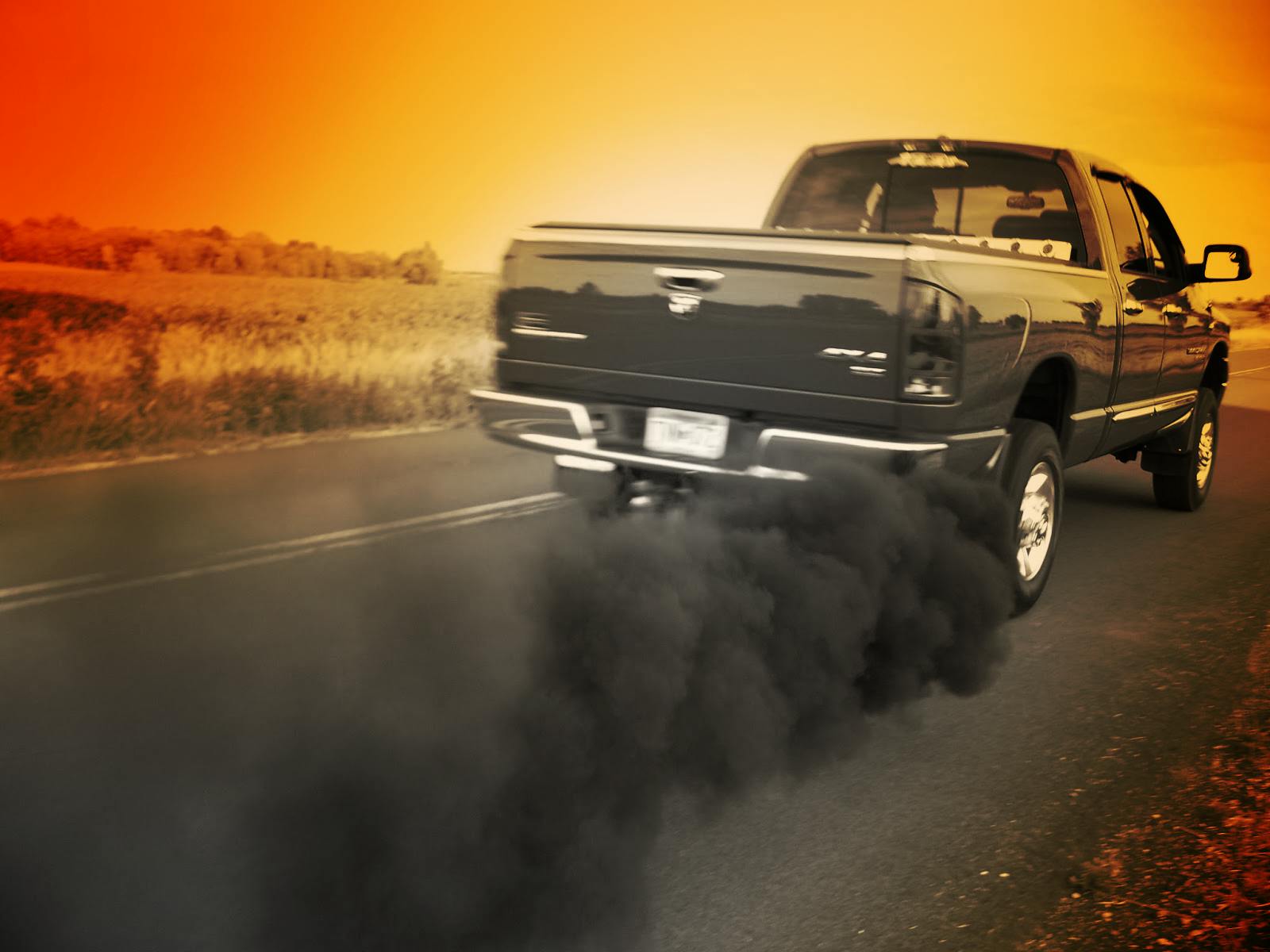Smoke signals: Colour of exhaust smoke
When you’re feeling under the weather, you go to the doctor for an examination and a prescription for medication to make you feel better. Much like humans, when your car is “feeling under the weather”, it will display signs of illness. One of the most common signs of engine trouble is exhaust smoke.

You can learn a lot about the health and wellbeing of your car from the colour of the smoke coming out of the exhaust pipe. If it’s operating in tip-top shape, exhaust emissions should be nearly undetectable. If exhaust smoke is visible, you likely have a real problem, and one that will require a skilled auto technician to remedy.
While the presence of exhaust smoke can indicate a serious car problem, there is a silver lining: the colour of that exhaust smoke can give an indication of what might be wrong, which helps to generate a quick and efficient diagnosis.
In this article, we will show you some of the warning signs that can be indicators of engine trouble based on the colour of the exhaust smoke.
Signs of engine trouble from exhaust:
Blue smoke
In the presence of blue smoke, this usually means that the oil is burning because of worn out valve guide seals or piston rings. Valve seals normally fail due to a clearance problem between the valve and the valve guide in the cylinder head. When they become loose, the valve is able to “rock” side to side in the bore and thus hogs out the seal. Failed piston rings is more rare of an issue than malfunctioning valve guide seals, but it still happens from time to time.
White smoke
This could mean that there is water in the exhaust at start-up. It is probably the result of condensation building up within your car’s exhaust system. If the white smoke continues, that could mean that the coolant is burnt. Check the dipstick, if the oil looks like mayonnaise, that means that the head gasket is cracked.

Black smoke
This means that the engine is burning too much oil. Check the air filter and other intake components like sensors, fuel injectors and the fuel-pressure regulator.
Grey smoke
Grey smoke is hard to diagnose directly. Like blue smoke, it can mean that the car is burning oil or suffering from a bad turbocharger.
Any smoke coming from your car’s exhaust pipe is a sign that your car is in distress. By learning to detect these smoke signals, you can avoid a costly auto repair.
Read more about engine oil at these links: How often do you check your engine oil? & Why change your oil.


